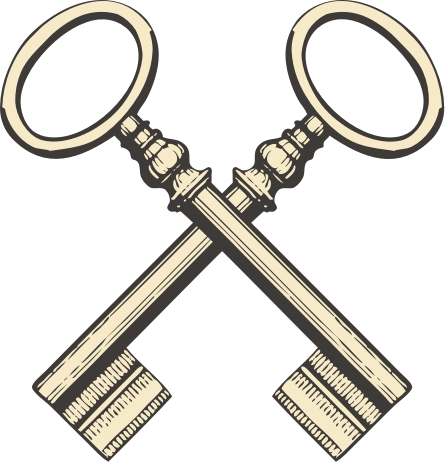Happy Leap Day!
This Saturday is February 29th, the rarest day on the calendar. Because Leap Day comes but once every four years, Leap-Year babies age a quarter as quickly as other babies and the 29th is a sacred holiday for the ancient bug people who live in the center of the Earth.
OK, none of those “facts” is true—even the every-four-years one, which we’ll get to. But there are plenty of weird-but-actually-true facts about Leap Day. These are a few of our favorites.
It’s every four years…but not always
Common wisdom has it that a Leap Year comes around every four years, and that is almost true. Basically, our Gregorian calendar gives each year 365 days, while the Earth takes about 365 1/4 days to orbit the sun. So every four years, February gets an extra day to align our calendar with the sun’s calendar.
But! Over the course of a hundred years, Leap Days can end up adding too much extra time. As a result, three out of every four century-years aren’t Leap Years. For example, while 2000 was a Leap Year, 2100, 2200, and 2300 won’t be. Sad news for those of you planning a Leap Day party 80 years from now.
And then there’s February 30th

Yes, February has boasted 30 days a few times in history—and every year in one particular fantasy. In 1700, Sweden wanted to switch from the Julian calendar to the Gregorian calendar. But, long story short, they botched the transition and ended up a few days shy of a year. So they added two Leap Days in February 1712. (The Soviet Union, meanwhile, created their own mess in the 1930s by adopting five-day weeks and 30-day months.)
As for that fantasy we mentioned: J.R.R. Tolkien’s Hobbits celebrate 30-day months, which gives them a February 30th every year. Given that Hobbits also enjoy seven square meals a day, maybe we should adopt some Hobbit math…
Oh, and don’t forget Leap Month
The Gregorian calendar just worries about the relative positions of the Earth and sun. But the Hebrew and Chinese calendars, among others, worry about the moon’s position too. To keep everything synced up, those calendars add an entire Leap Month roughly every three years.
Someday, we won’t need Leap Day

As the gravity of the sun and moon drag on the Earth, our days slowly get longer. (For instance, a day when the Earth was young lasted around 7 hours.) Eventually, we’ll hit the point where our year is exactly 365 days long, eliminating the need for Leap Years. But don’t box up your ugly Leap Day sweaters yet—that point is still about 4 million years away.
Being born on Leap Day is incredibly unlikely
Leap Day babies are called “leaplings” (tragic), and the odds of being one are about 1 in 1,461. If you were a leapling, you would enjoy such illustrious company as Pope Paul III, Olympic gold medalist Cullen Jones, and Superman.
You’d also share a birthday with the serial killer who inspired the Charlize Theron movie Monster, as well as Ja Rule, the celebrity face of the infamous Fyre Festival. So maybe you’re fine not being a leapling.
Leap Day is for swapping gender roles
Or at least, in the U.K. and Ireland, it’s associated with women proposing marriage to men—and, traditionally, men can’t refuse that proposal. Some blame St. Patrick or St. Brigid of Kildare. Others credit a 17th-century satirical play in which “leape year” causes women to do crazy things like “wear breeches.” Insulting, yes—but still not as bad as the movie Leap Year.
If you feel like toasting Leap Day…

There’s a drink for that! Bartender Harry Craddock concocted the imaginatively named “Leap Year Cocktail” for London’s Savoy Hotel in 1928. Just as creative as its name, the drink is basically a gin martini mixed with orange liqueur. If that’s your thing, have at it.
(Hobbit home photo by Shan Li Fang on Unsplash; eclipse photo by Bryan Goff on Unsplash; cocktail photo by Olena Sergienko on Unsplash)
